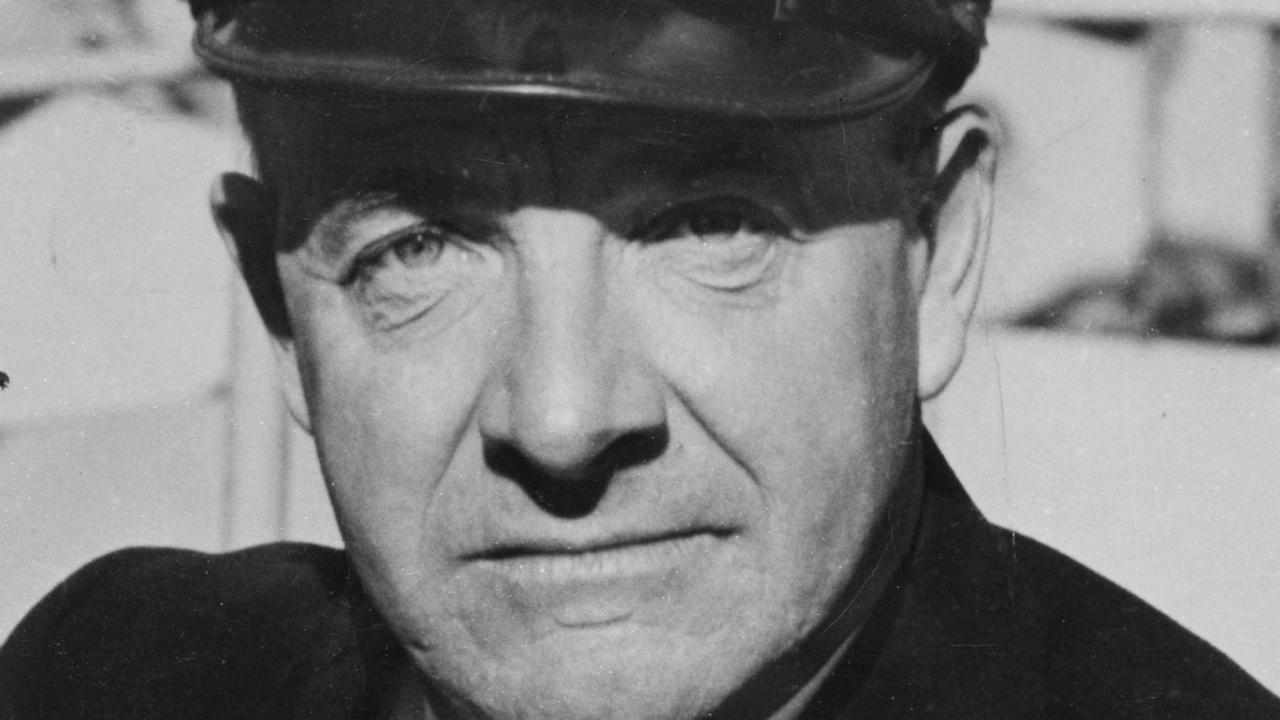How former French soldier and convict Francois Girard’s connection made a name for Napoleon
SYDNEY already has a street named after Napoleon Bonaparte and soon may have a plaza also named Napoleon — all thanks to an officer who fought at Waterloo and convict

Today in History
Don't miss out on the headlines from Today in History. Followed categories will be added to My News.
NAPOLEON Bonaparte’s aggressive military campaign to dominate early 19th century Europe went on for more than two decades and pitched his French troops against a series of coalitions, including the might of the British army and navy. Hatred of the French leader stretched across the British Empire all the way to Australia. So if it seems strange that a Sydney street was named in his honour during the early days of the colony, it is perhaps just as strange that we may now have a plaza bearing the same name.
City of Sydney council is creating a new public space, which may be called Napoleon Plaza. Located between Kent and Sussex streets, south of Napoleon St, the plaza will provide a pedestrian link between Wynyard Station and Barangaroo via Wynyard Walk and a pedestrian bridge over Sussex St.

The story of how Napoleon’s name made it to Sydney begins with a French soldier named Francois Girard. Born in Normandy, France in 1793, he was most likely a relative of Jean-Baptiste Girard, who served as an officer under Napoleon and became one of the emperor’s trusted generals. General Girard was at Waterloo and it is believed Francois was also there as a junior officer.
When France restored the monarchy in 1815, Girard fled to England intending to offer his services teaching French. However, his teaching career didn’t work out and in 1820 was convicted of stealing two watches. Girard arrived in Sydney in 1820 aboard the Agamemnon.
Officers aboard the ship had recognised this dashing, handsome, well-educated man as a gentleman and when he stepped ashore he was given preferential treatment befitting his social status. Rather than being assigned as a labourer, like most other convicts, Girard was allowed to teach dance, fencing and French.


In 1824 he married local-born girl Mary Hayes, daughter of Irish rebel Michael Hayes. In 1825 Francois anglicised his name to Francis. He and Mary had nine children, his third-born child, and first son, was named Francis Napoleon Girard.
Girard soon had enough money to open a bakery in George St but had bigger plans for his small enterprise. In 1826 he applied to Governor Ralph Darling for a parcel of land to build a flour mill and candle factory. His alien status initially prevented him owning crown land, so he became a naturalised British citizen. He didn’t get the land near Woolloomooloo he wanted but instead was given a plot near Cockle Bay, where he began building his mill.
An 1828 report says of Girard’s mill: “It is a fine, substantial building, and with a good breeze would turn six or eight, and 10 bushels of grain into flour in an hour.”
To serve his mill with raw materials, Girard built a wharf and a road connecting the mill on Sussex St to Margaret St. It became known as Napoleon Lane, in honour of Girard’s hero the emperor, and later Napoleon St.

With a wharf, flour mill and bakery at his command he secured a government contract to make bread for all the soldiers and convicts in Sydney. However, his bread wasn’t always of the best quality and on one occasion rioters smashed his windows with the loaves.
Fortunately, his bakery wasn’t his only business concern. Girard’s wharf allowed him to branch out into other ventures, including imports and exports and shipping cedar. With money he made in Sydney he later expanded his interests into farming. In 1840 he sold his wharf and in 1841 the Sydney Flour Company took over his mill. By 1844 Girard had become a sheep farmer along the Clarence River and in New England. The family wielded some influence in the north of the colony and in 1855 his son Francis Napoleon was appointed Clerk of Petty Sessions at Murrurundi.
Girard died in 1859 at his property, Branga Park station at Walcha. The street he named continued to exist but has undergone major changes over the years. In 1900, after bubonic plague swept through Sydney’s waterfront, Robert Hickson was appointed to clean up the area. Building was resumed and land reclaimed along Cockle Bay to create what became known as Hickson Rd. Napoleon St was again widened but to this day meets Hickson Rd rather than Sussex St, as it did originally. All trace of Girard’s buildings have gone but his admiration for Napoleon has left its mark on our streets.
To comment on Napoleon Plaza as a name for the new space see Sydney Your Say
Originally published as How former French soldier and convict Francois Girard’s connection made a name for Napoleon


